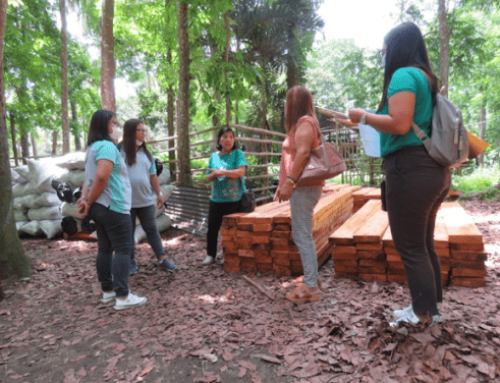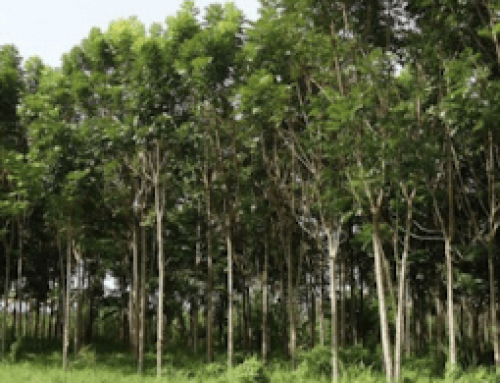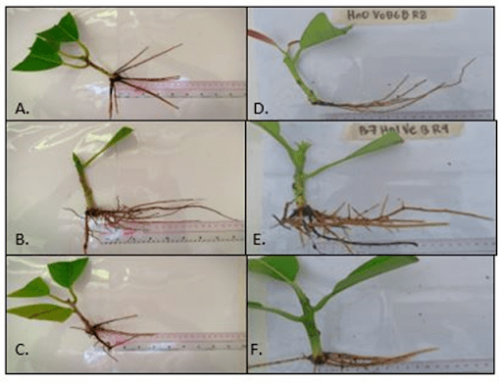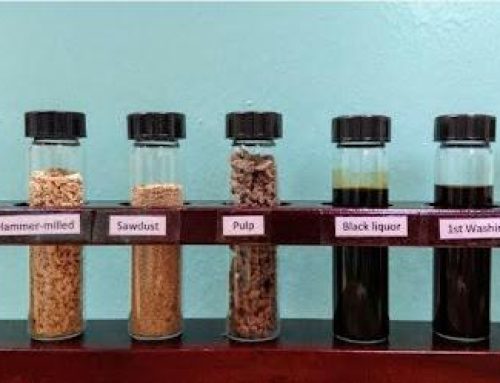In this Article
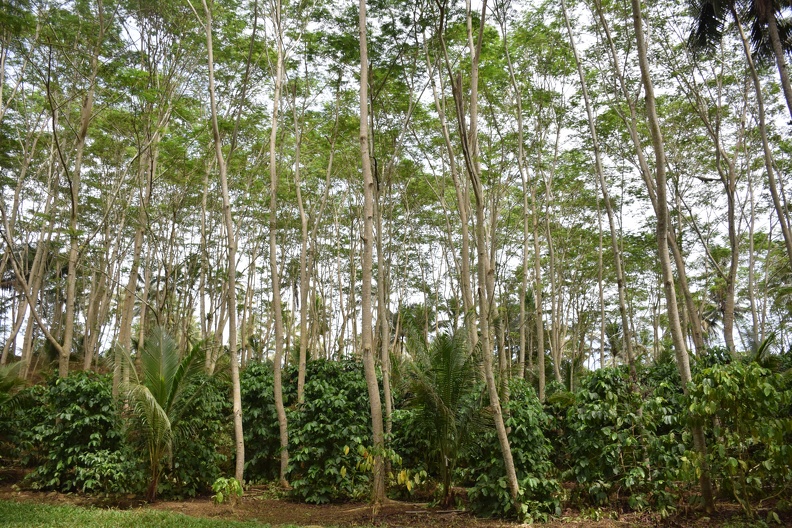
This study assessed the genetic diversity and ascertained the genetic structure of all currently available propagated materials of the two commercially important plantation species, Falcata (Falcataria moluccana (Miq.) Barneby & J.W. Grimes.) and Yemane (Gmelina arborea Roxb.). The usefulness of molecular markers to assess genetic variation especially in recurrently planted populations has been well demonstrated and in this study the microsatellite markers developed for each species were used.
Based on structure analysis, without prior information on the location of individuals, the optimum genetic clusters of Yemane and Falcata are four and two, respectively. However, the distribution of the genetic clusters in each species does not correspond to a specific or unique sampling location but was randomly distributed in generally all sampling locations. Compared to the natural populations of Yemane, there was notable (20-30%) decrease in genetic diversity in the materials available in the Philippines, although modest divergence was found among clusters. For Falcata, high genetic variation within but low differentiation between clusters was observed.
Genetic diversity and structure of forest plantations is a foremost crucial concern to consider in tree breeding and improvement as genetic gain increases with high genetic variation in a species. Therefore, the results of this study should be useful baseline information for tree breeding and improvement of these species

